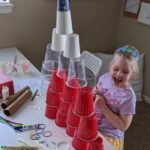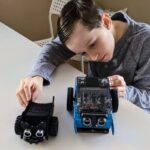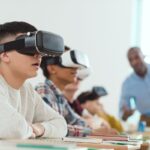Charlotte Mason and Maria Montessori will often be brought up when talking about homeschooling kids. Mason was all about diving into literature and art, believing it would spark learning.
Montessori, on the other hand, wanted kids to learn through hands-on exploration. Both methods aim for independence and self-paced learning, just with different approaches.
What do I use for my children? My husband and I decided on the Charlotte Mason homeschool curriculum after careful consideration and a ton of research. That’s not to say that any curriculum is better than the other; it’s up to you to decide. And with this guide to Charlotte Mason vs Maria Montessori, you’ll have all the information you
Key Takeaways
- Charlotte Mason’s method revolves around “living books” and the arts, emphasizing connections between students and ideas.
- Maria Montessori’s approach focuses on self-guided discovery with hands-on materials, emphasizing independence and individual learning paces.
- Both Mason and Montessori have shaped modern child-centered educational practices, though they differ in methodology and the environments they foster.
Table of Contents
Biographical Backdrops

While we are looking into educational philosophies, it’s enlightening to know who the pioneers were.
Both Charlotte Mason and Maria Montessori were ahead of their time; I truly believe that. Establishing educational methods that have transcended generations.
Charlotte Mason: British Educator
Charlotte Mason wasn’t just any British educator; she was a trailblazer who left her mark on education during the late 19th and early 20th centuries.
Born in 1842, Mason founded the Parents’ National Educational Union, reflecting her beliefs that education should encompass the whole child.
Her approach extended beyond the walls of traditional schooling, emphasizing nature, literature, and the arts—all delivered through a compassionate, understanding lens.
Maria Montessori: Italian Physician and Educator
Maria Montessori could be described not only as an Italian physician but also as an influential educator whose methods were transformative. Born in 1870, Montessori was Italy’s first female physician.
Your understanding of her educational philosophy is incomplete without acknowledging her medical and psychological background, which informed her hands-on, child-centric learning approach.
Montessori’s observation of children in various environments led to an educational revolution that is still in practice today.
Core Educational Philosophies
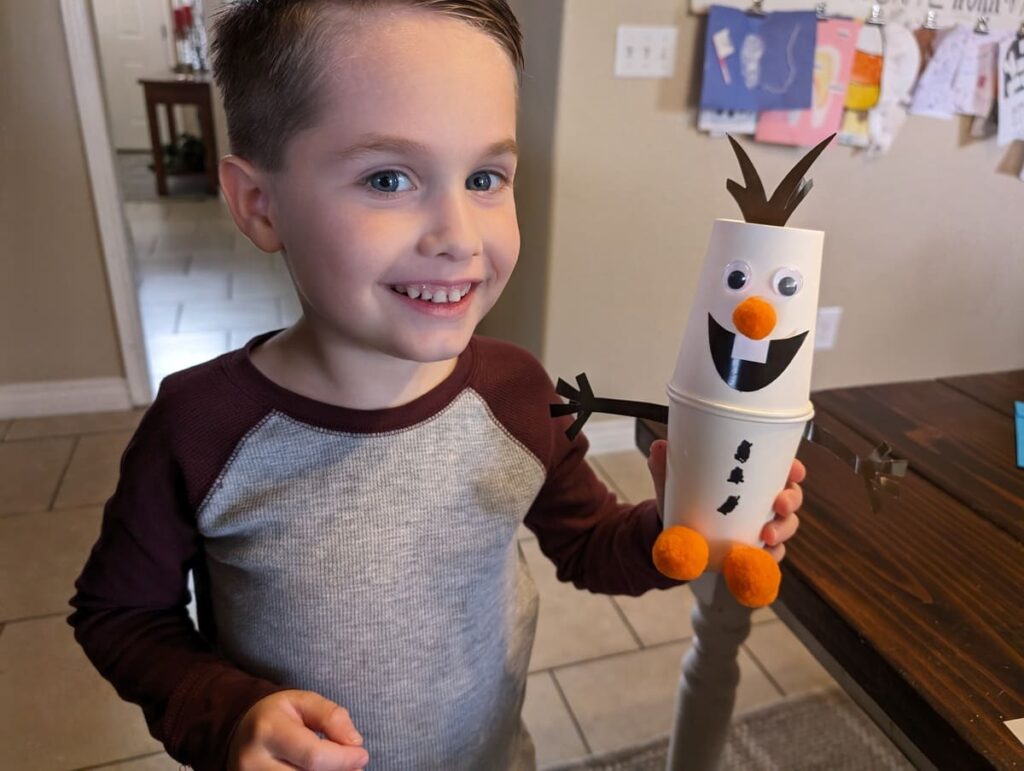
Mason’s Educational Approach
Charlotte Mason puts a strong emphasis on exposing children to a wide range of subjects through living books, which are books written by passionate authors that bring subjects to life.
Mason valued narration and nature study as integral to learning, pressing the importance of environments where children can form relations with knowledge and the world outside the classroom.
Her ethos revolved around the importance of teaching to the way children learn, viewing education as an atmosphere, a discipline, and a life.
Check out our book list for Charlotte Mason. It’s a list of modern “living books” that follow the Charlotte Mason principles.
Montessori’s Developmental Focus
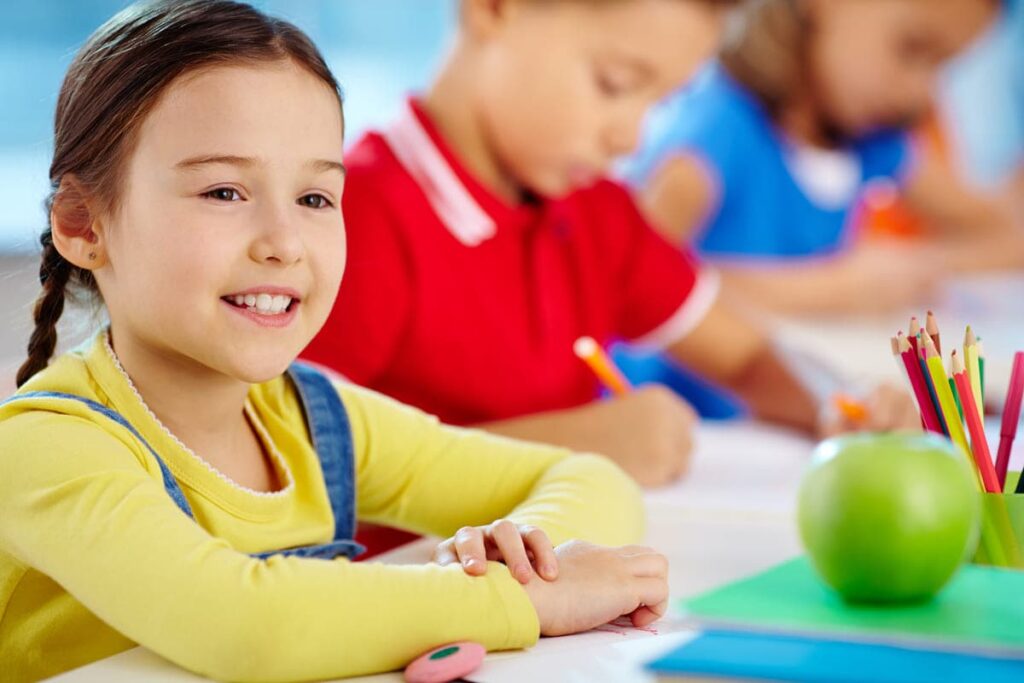
Dr. Maria Montessori’s method takes a child-centered approach that emphasizes the importance of creating a prepared environment tailored to the child’s stage of development.
Montessori understood that hands-on learning and physical activity were key for children to develop their own understanding.
Montessori believed in respecting each child’s natural psychological, physical, and social development, considering the educational experience to be much more than just academic learning.
Here’s a summary of their core educational philosophies:
| Core Educational Philosophies | Mason’s Educational Approach | Montessori’s Developmental Focus |
|---|---|---|
| Rich Literature | Instead of dry textbooks, Mason preferred “living books” that make subjects compelling. | Prepared Environment: A classroom designed to provide freedom within limits, and tailored to the child’s needs. |
| Narration | A tool for children to express what they’ve learned in their own words. | Hands-on Learning: Encouraging children to learn by engaging directly with materials. |
| Nature Study | Encouraging exploration and observation in the natural world. | Self-Directed Activity: Allowing children the freedom to choose their activities and work at their own pace. |
| Character | Focusing on the formation of good habits and character as part of the educational process. | Multi-Age Classrooms: Creating a community where younger children learn from older peers, and vice-versa. |
Pedagogical Methods and Curriculum
Mason’s Use of Living Books and Narration
Charlotte Mason’s philosophy stresses the use of living books—these are texts that are thought to be well-written, rich in content, and engaging.
The idea is that through these books, you’re not just getting information, you’re experiencing it. This is why reading in her approach is not just about the words but the literature’s life and vigor.
STEM Education Guide Pro-Tip: Mason’s technique emphasizes narration—actively retelling what you’ve learned. It’s about being an active participant in your education, not just a passive consumer.
Reading: Living books that inspire imagination and thought
Writing: Expressing learnings through narration—oral and written
Montessori’s Emphasis on Practical Life Skills and Materials
Maria Montessori puts a spotlight on practical life skills. This means the curriculum is designed so that you’re learning how to live in the real world. It’s all about nurturing your autonomy and sense of responsibility.
A key feature of this methodology is the use of hands-on materials and specially designed materials. These tools are there to help you physically interact with concepts, which aids in understanding and retention.
Curriculum: Everyday life tasks, from self-care to managing a home
Teaching: Guiding through self-directed activities with materials for sensory and empirical learning
Approaches to Discipline and Classroom Environment
Mason’s Focus on Good Habits and Atmosphere
Your role as a guide in Mason’s philosophy is to support children as they form these habits, which will, in turn, shape their character.
The classroom environment Mason envisioned was more traditional, with a focus on literature and the humanities. A key aspect here is the atmosphere, which Mason considered just as important as the curriculum; she thought that the surroundings should inspire learning.
| Mason | Montessori | |
|---|---|---|
| Approaches to Discipline and Classroom Environment | ||
| Discipline | Good habits formed through gentle guidance. | Self-discipline fostered through freedom of choice. |
| Classroom | Emphasis on an inspirational atmosphere. | Designed to encourage independence and sensory learning. |
Montessori’s Structured Freedom and Independence
Maria Montessori, on the other hand, crafted an environment that encourages structured freedom. Here, your role shifts more to an observer who provides the right conditions for self-directed learning.
The children are given the freedom to choose their activities, which promotes a sense of independence and personal responsibility.
Montessori classrooms are designed to be nurturing spaces that are rich with natural materials and hands-on learning tools, supporting an education of the senses.
Role of the Teacher and the Parent
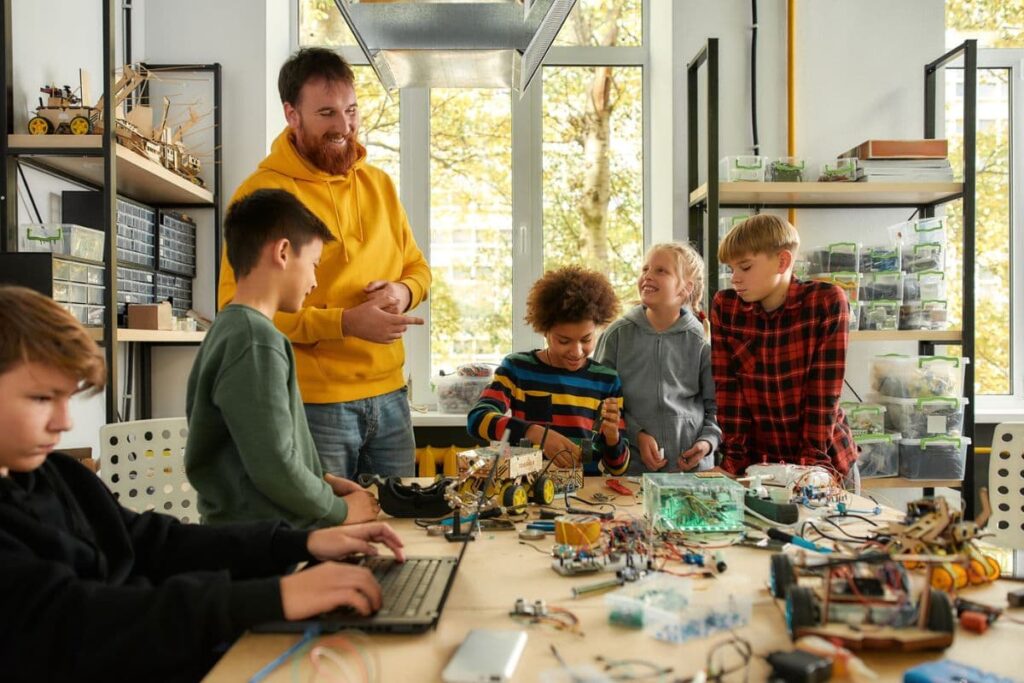
Mason’s Guide for the Parent as Educator
In the Charlotte Mason method, you take on a guiding role. You’re not just offering education but also enriching your child’s life with literature, art, and nature.
Think of yourself as a curator of high-quality content:
- Books: Select “living books”—rich in ideas and narratives—to capture your child’s imagination.
- Nature: Encourage outdoor exploration to foster a deep connection with the world.
- Art and Music: Introduce your child to the beauty of art and music to develop appreciation and creativity.
- Short Lessons: Keep lessons concise to maintain enthusiasm and focus.
- Variety: Offer a broad curriculum to expose your child to a world of concepts and ideas.
Charlotte Mason views parents as curators of their children’s education, while Maria Montessori sees them as facilitators of independent learning journeys.
Montessori’s Teacher as an Observer and Facilitator
The Montessori approach asks for a more hands-off role for you, emphasizing the importance of independent learning. As a Montessori teacher or parent:
- Environment: Prepare an environment that invites exploration and learning.
- Tools: Introduce abstract objects and tools that aid in learning through sensory experiences.
- Observation: Step back to observe, assess progress, and identify when to introduce new concepts or materials.
- Guidance: Act as a facilitator, helping your child ciltivate their interests at their own pace, without direct instruction.
- Community: Be a part of a learning community that values each child’s role within it and fosters social development.
Educational Outcomes and Lifelong Learning
Mason’s Emphasis on Character and the Life of the Mind
Charlotte Mason’s approach to education weaves in the importance of character development and nourishing the life of the mind.
She believed that by exposing you to living ideas—thoughts and principles alive with meaning and relevancy—your education becomes not just about rote memorization but a transformative experience.
STEM Education Guide Pro-Tip: Practice the Charlotte Mason method to not only nurture your child’s intellect but also shape their character, fostering virtues like attention, curiosity, and a sense of duty towards their own education.
Living books, rich in narrative and moral substance, are considered a key component to inspire a love of learning and foster intellectual growth.
Montessori’s Focus on Practical Skills and Problem Solving
Conversely, the Montessori method spotlights developing your practical skills and problem-solving abilities.
Montessori classrooms are carefully set up to cater to your learning experience at your own pace.
In Montessori classrooms, the advancement of tangible problem-solving skills is emphasized, but it is also believed to contribute to the overall development of your intellect and character by fostering independence and a proactive attitude towards learning.
Distinct Features and Similarities
Comparison of Educational Approaches
Charlotte Mason’s Method: Envision a classroom where your kid dives into classic literature, nature, and fine arts. This is what Charlotte Mason had in mind—a broad curriculum fostering a love for learning.
You’ll see a strong emphasis on what’s called “living books,” which are thought-provoking and rich in narrative, over dry textbooks. The teacher here is a guide, not the focus.
Maria Montessori’s Method: Now picture a setting where your little one learns at their own pace using tactile, hands-on materials. Montessori’s world is about discovering through doing, with a setup designed for self-education. It’s less about direct instruction and more about providing an environment ripe for independent learning.
| Charlotte Mason’s Method | Maria Montessori’s Method | |
|---|---|---|
| Focus | Arts, literature, and moral character | Self-directed activities and sensory-based learning |
| Learning | Through narrative and exploration of the natural world | Through hands-on manipulation of materials |
| Distinctive Elements | – Books valued for literary quality and depth – Nature study integral to curriculum | – Child-sized materials for skill development – Mixed-age classrooms |
| Similarities | – Respect for the child as capable individuals – Holistic approach to education | – Respect for the child as capable individuals – Holistic approach to education |
Considerations for Parents and Educators

Deciding on a Homeschooling Method
Starting with Charlotte Mason, this approach could be your pick if you value literature-based learning and want to expose your kid to a broad array of arts and nature studies.
Maria Montessori, conversely, might be your go-to if you’re looking for a child-centered method that promotes self-directed learning through hands-on experiences.
If your child takes to learning through tangible materials and moves at their own pace, Montessori can offer those experiences.
- Consider available resources such as Montessori materials or living books.
- Make sure you have access to suitable tools that align with your preferred approach, as availability can influence your decision.
Assessment of Children’s Preferences and Learning Styles
Understand your child’s learning style: Are they kinesthetic learners who prefer engaging with materials, or do they connect more with stories and narrative forms?
Your observations can guide you toward a more fitting method.
- Mason method: Great if your child thrives on narration and can articulate what they’ve learned.
- Montessori method: Ideal if they excel through self-correction and you prefer teacher observation over testing.
Remember, the goal is to mold a learning environment that strikes a chord with your child’s motivation and preferences, fostering a fulfilling educational experience.
Frequently Asked Questions
What are the core differences between Charlotte Mason and Montessori teaching methods?
Charlotte Mason’s method emphasizes literature-rich education and narration, while Montessori prioritizes self-directed learning with tactile materials.
Which educational philosophy emphasizes more on nature, Mason or Montessori?
Mason’s philosophy places a strong emphasis on nature study. She believed that direct interaction with nature was crucial for a child’s development.
Can you detail the role of a teacher in both the Charlotte Mason and Montessori approaches?
In a Montessori classroom, the teacher acts as a guide or facilitator, observing and assisting the child in their self-directed learning. In contrast, Charlotte Mason teachers are more directly involved in delivering content and guiding narration and discussion.
How do Charlotte Mason’s and Maria Montessori’s views on child development compare?
Mason considered children as persons who deserve respect and should be educated with rich and varied material. Montessori saw children as natural learners who thrive with independence and develop through hands-on exploration and discovery.
What makes Charlotte Mason’s educational approach unique compared to Montessori?
Charlotte Mason’s uniqueness lies in her use of ‘living books’—literature that is engaging and thought-provoking—paired with narration and discussion. This contrasts with Montessori’s use of specific learning materials designed to teach particular concepts through practical engagement.
In practical application, how does a classroom differ between Montessori and Mason’s educational strategies?
A Montessori classroom is typically arranged with specific learning stations for hands-on activities, promoting movement and choice. A classroom influenced by Mason, however, might have a more traditional setup, with a focus on books and artistic exploration.
final thoughts – let children practice the mason and montessori philosophies
Charlotte Mason and Maria Montessori have different ideas about how kids should learn.
Mason likes using interesting books and art to spark curiosity, while Montessori prefers kids learning by doing things themselves. Even though they have different methods, both want kids to learn independently and at their own pace.
Mason focuses on stories and art, while Montessori likes hands-on activities. Both of them have influenced how we teach kids today, showing that there are many ways to help children learn and grow.
Read how Informal Learning Environments improve student learning and their role in STEM education.






